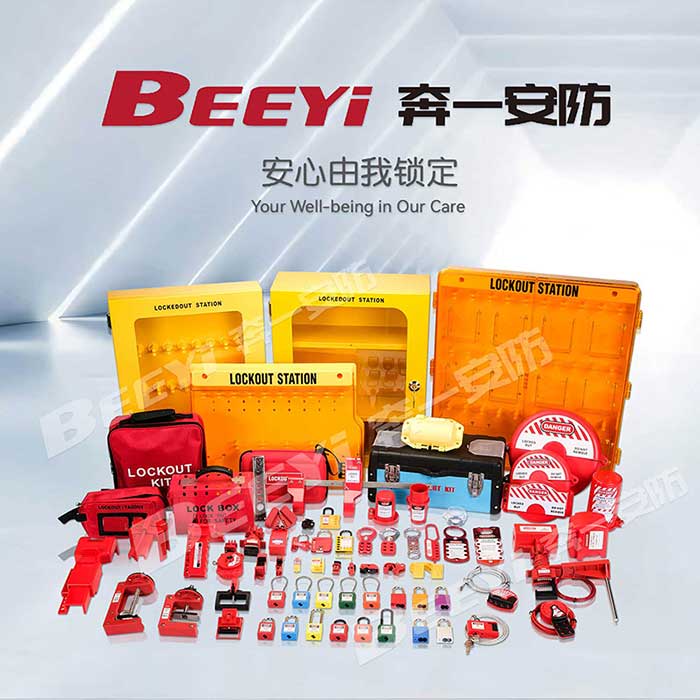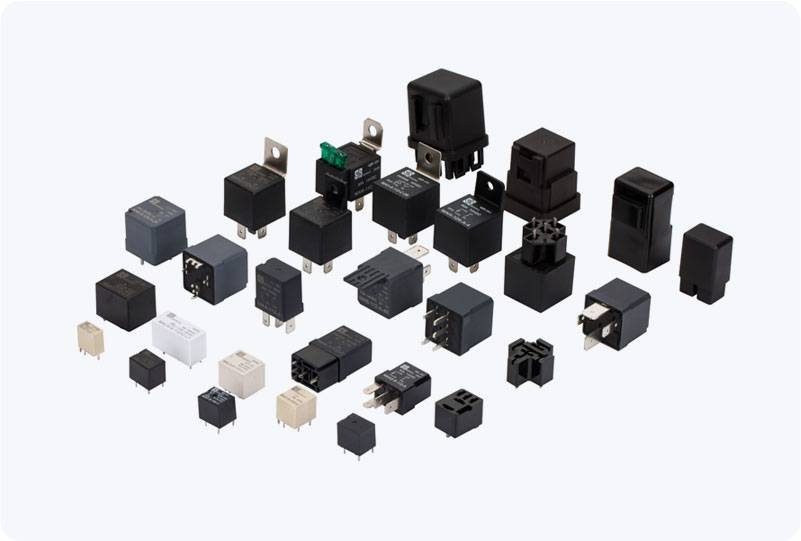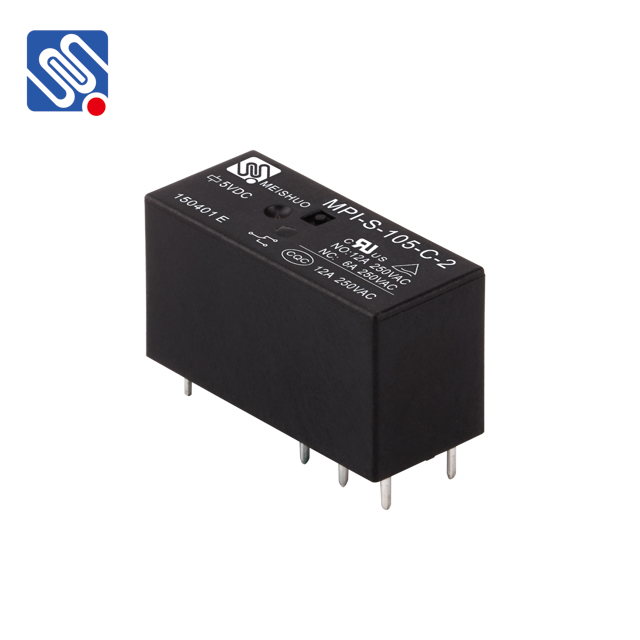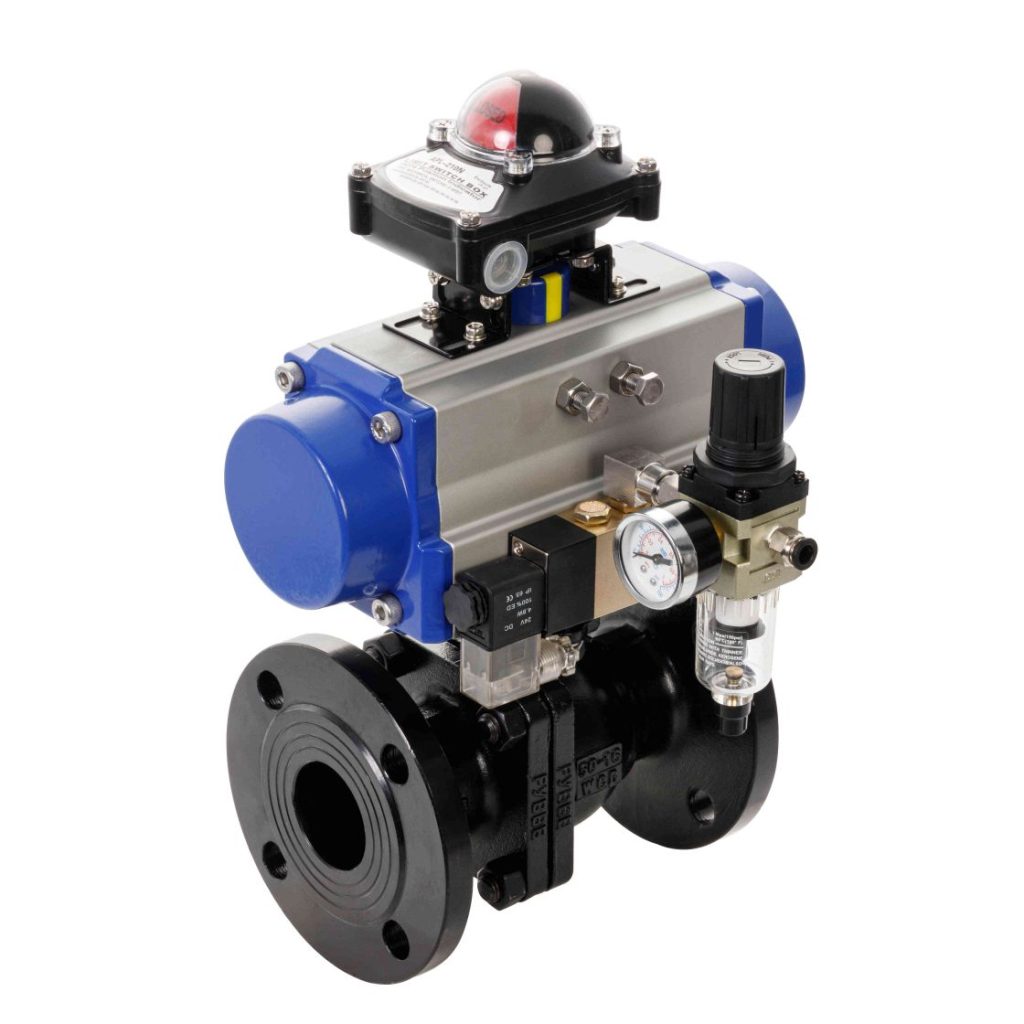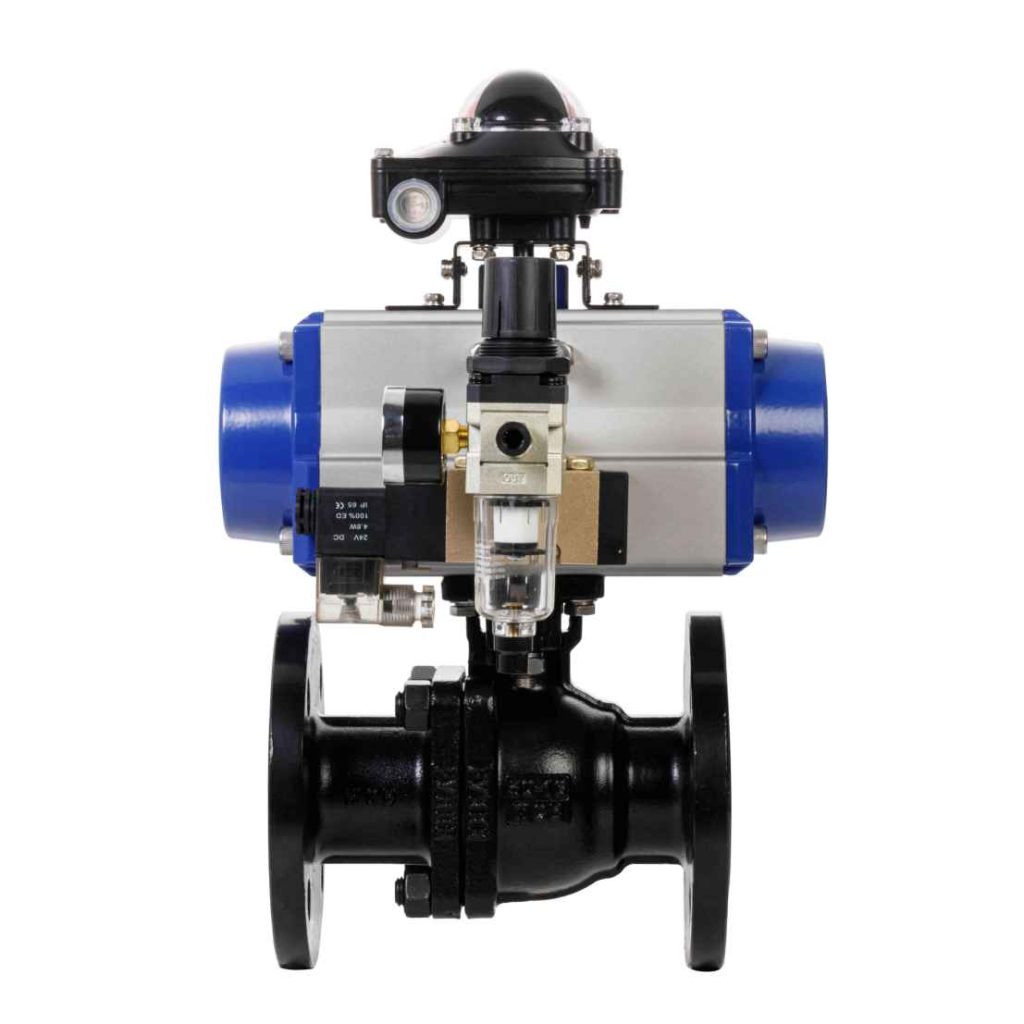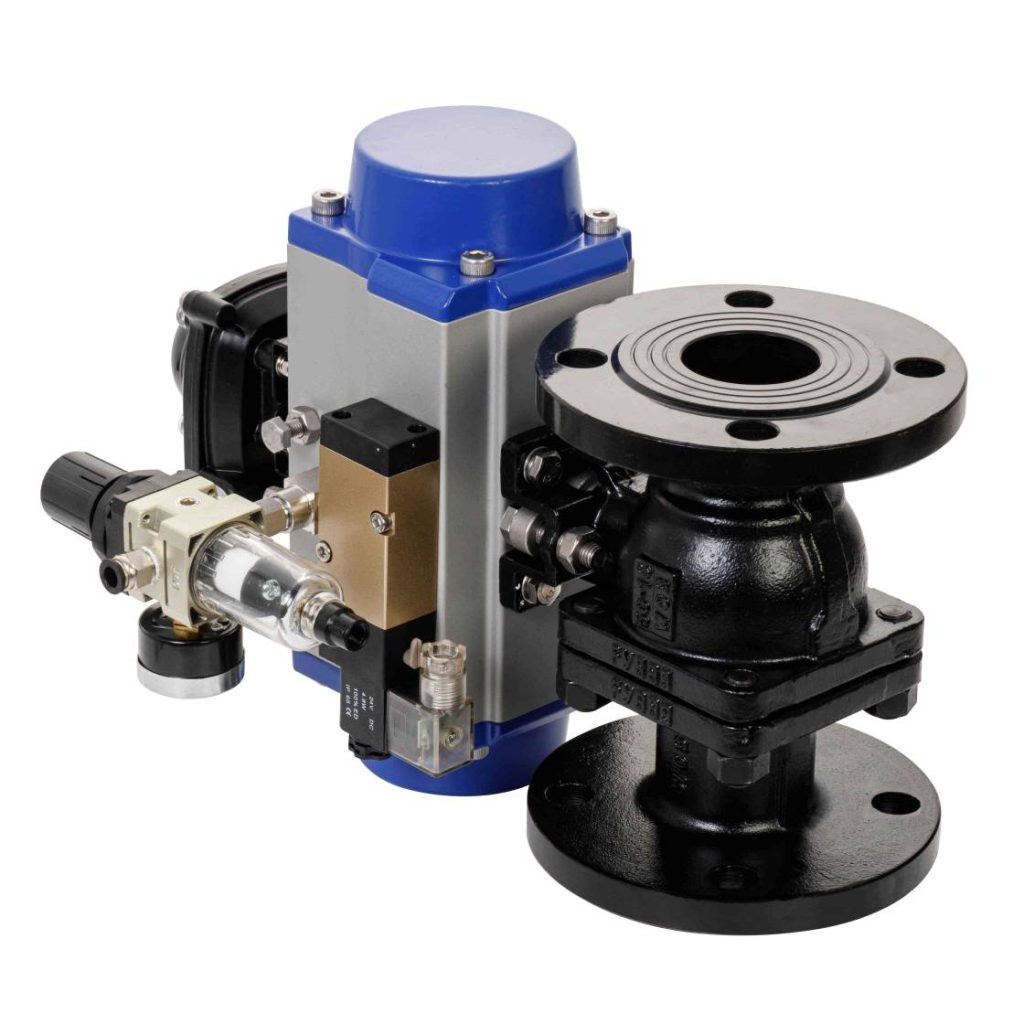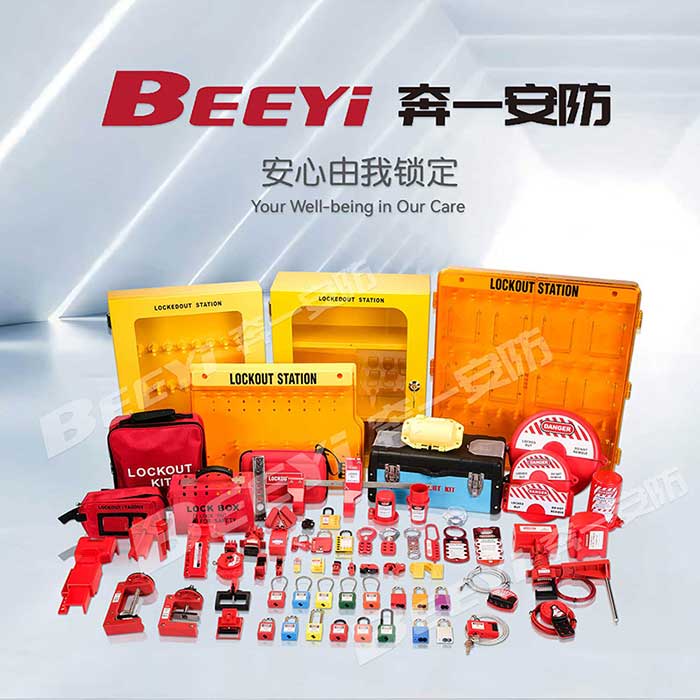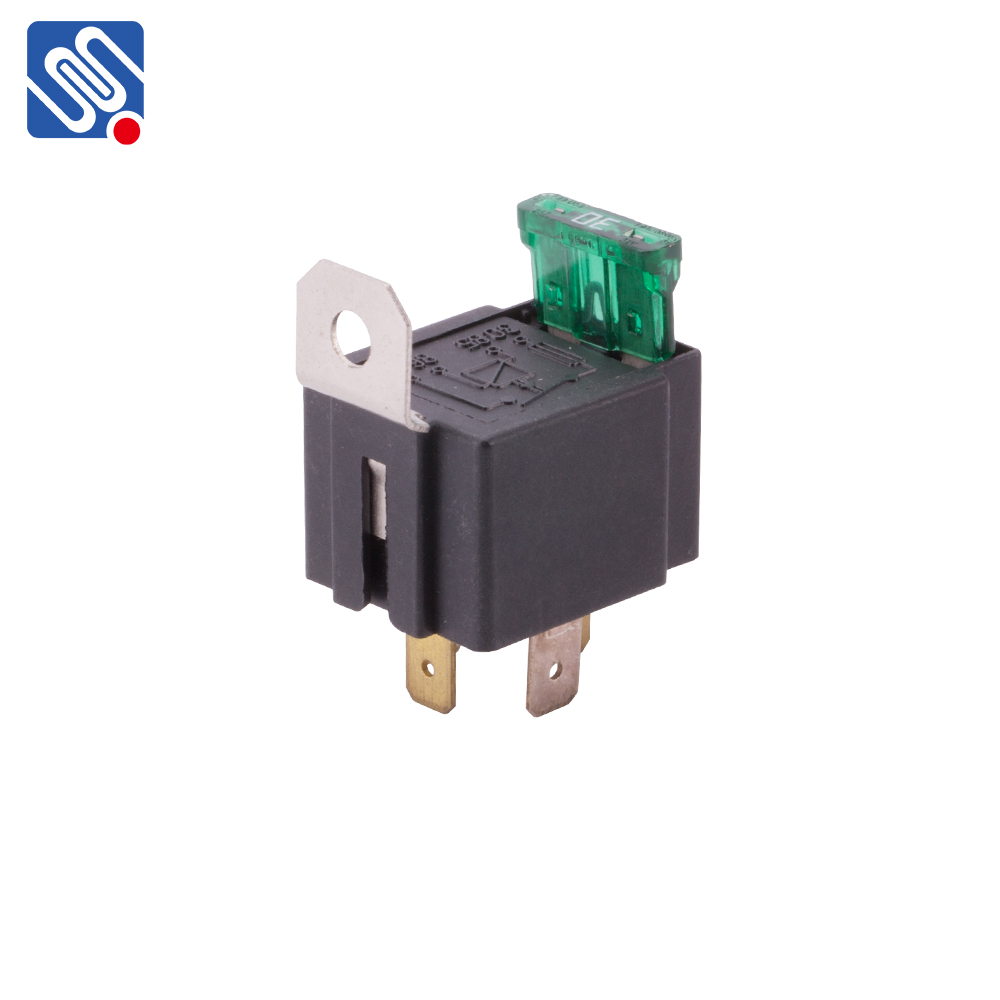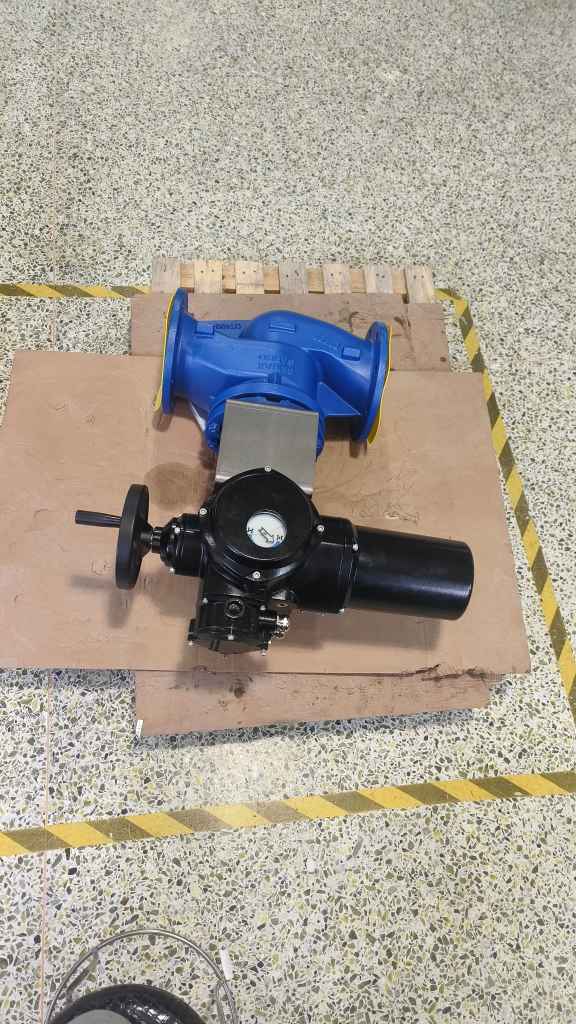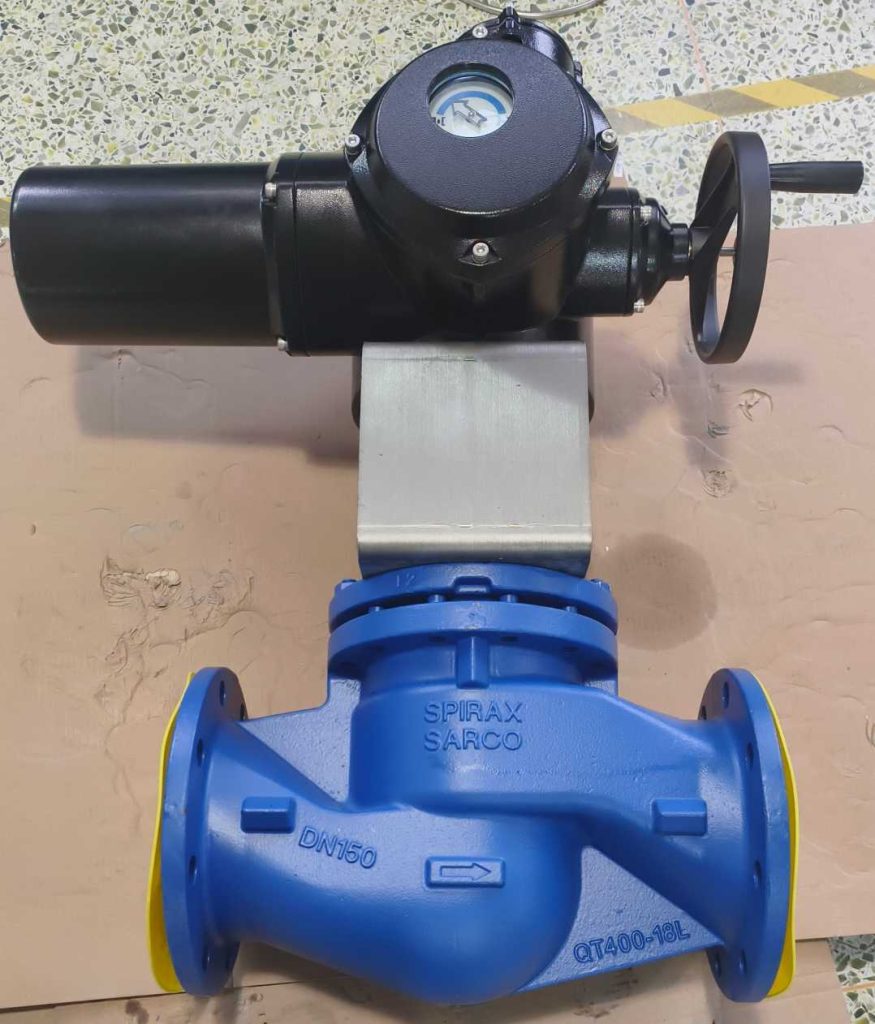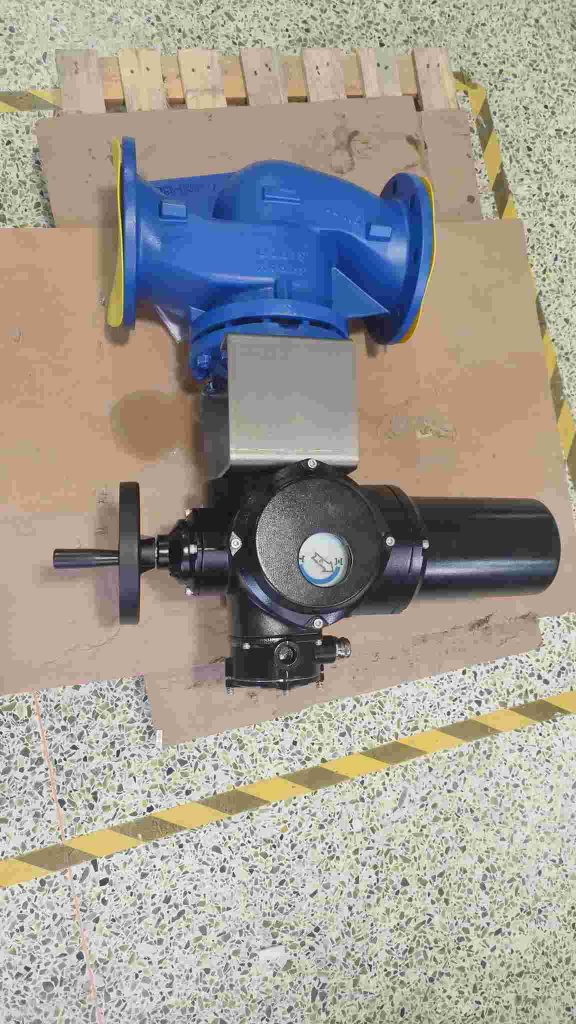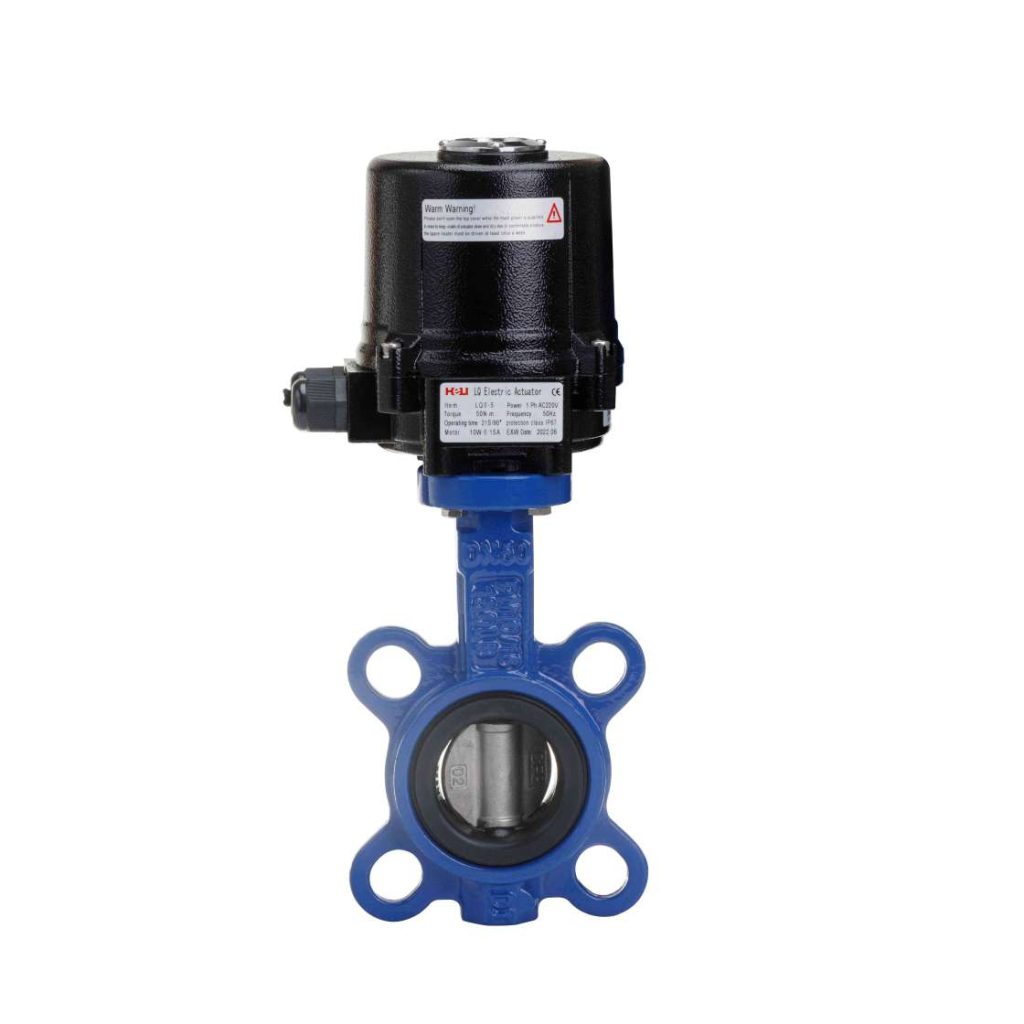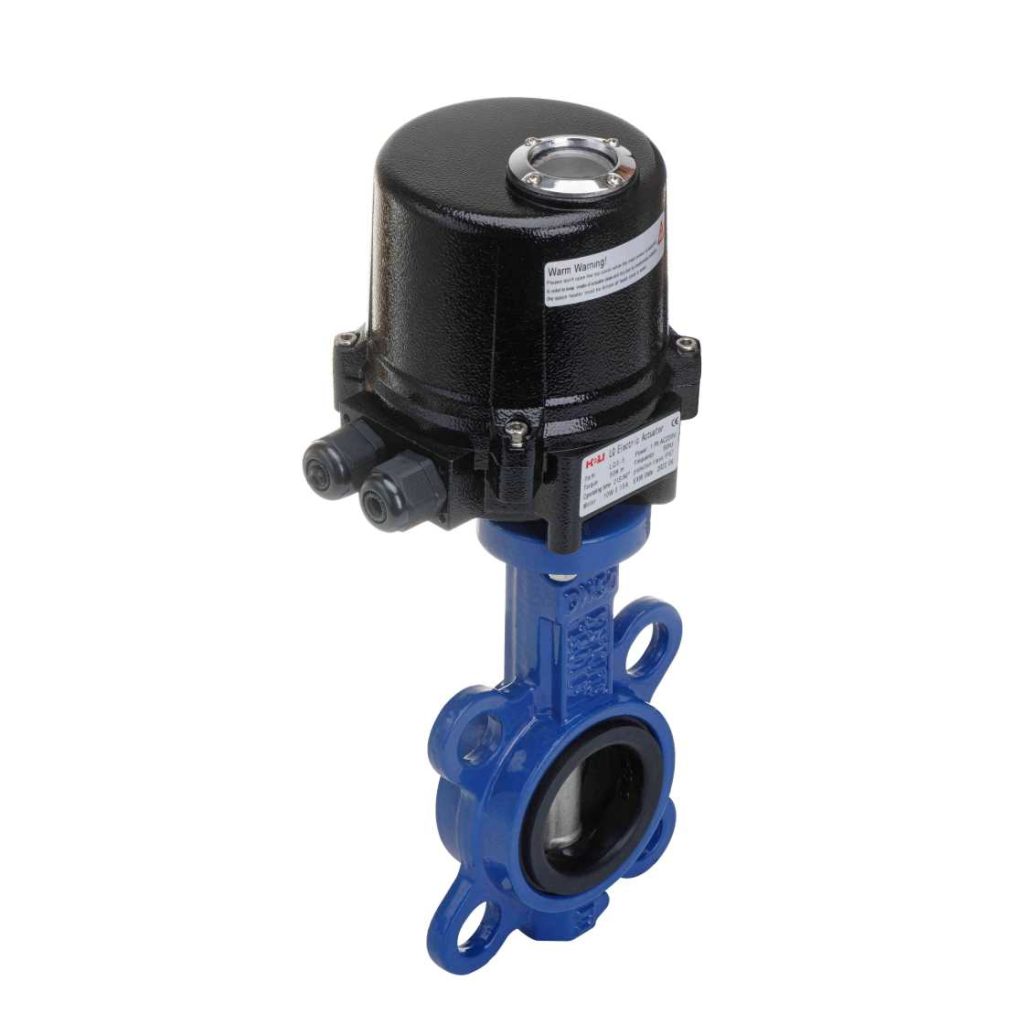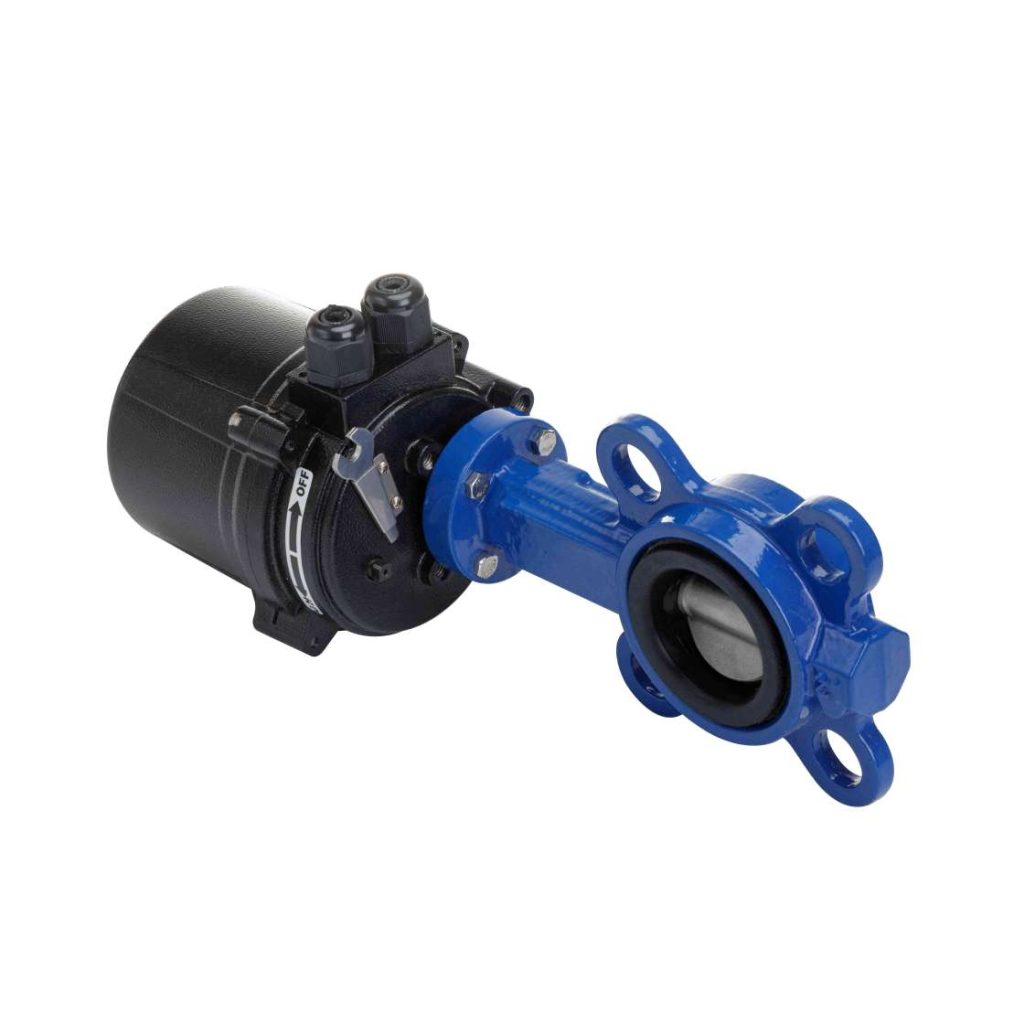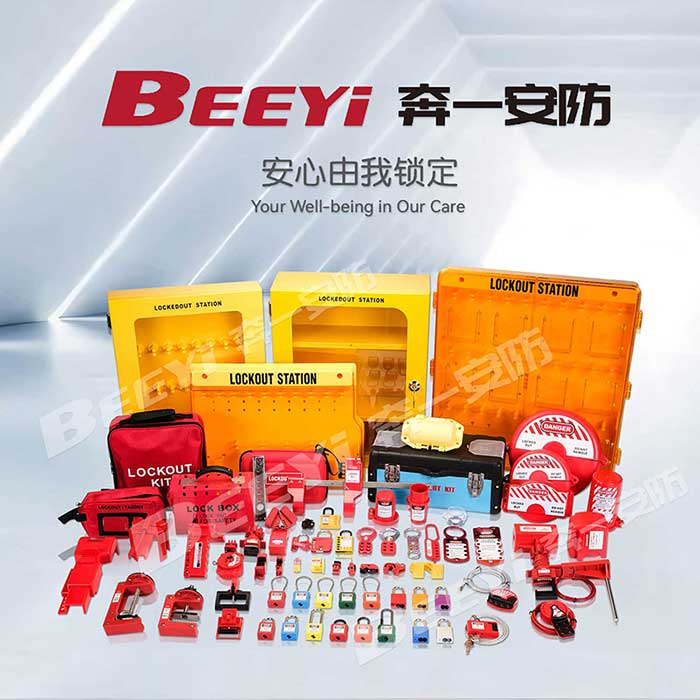High Current Power Relays are essential components in various electrical systems, designed to switch high electrical currents between different circuits. These relays serve a crucial role in controlling power delivery and ensuring the safe operation of equipment that requires high current levels. With their robust construction and advanced technology, High Current Power Relays are indispensable in industries ranging from automotive and industrial automation to power distribution systems. This article delves into the key features, applications, and importance of High Current Power Relays in modern electrical systems.
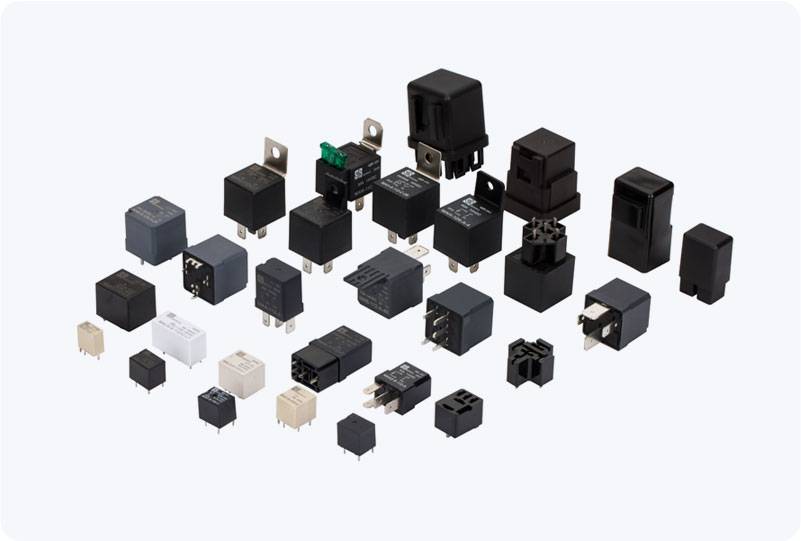
What is a High Current Power Relay? A High Current Power Relay is an electrically operated switch that can control large electrical currents in a circuit. It is designed to handle currents that typically range from tens to hundreds of amperes, depending on its specifications. Unlike low-power relays, which can handle minimal currents, High Current Power Relays are built with heavy-duty materials to withstand the heat and electrical stress associated with higher current loads. These relays work by using an electromagnet to move a set of contacts, which can open or close an electrical circuit. When an electrical signal is sent to the relay’s coil, it generates a magnetic field that causes the contacts to either make or break the circuit. This action allows low voltage and current signals to control high voltage and high current devices, providing a critical safety function.
